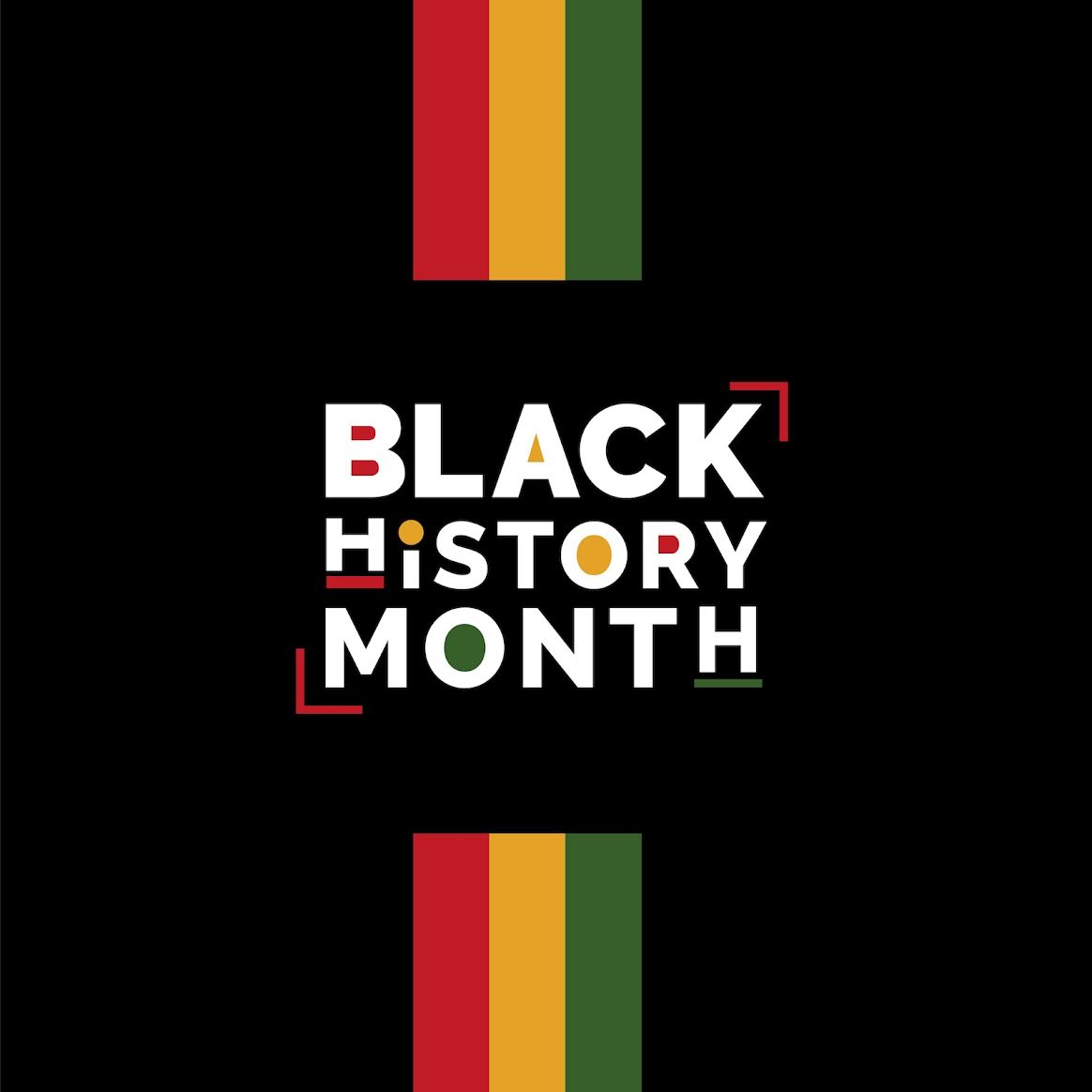Google Image
Alivia Welch
Managing Editor
When the Civil Rights Movement is discussed, one usually thinks of Dr. Martin Luther King, Rosa Parks, or John Lewis. These renowned individuals all fought for rights that were spoken for long before African-Americans and people of color (POC) were granted said rights.
The mass protests against racial segregation and discrimination, police brutality, voting rights and equality were all done in solidarity.
My mother was born in the late 50’s and recalls traumatic memories of her life. She vividly describes a cross burning in her yard, Caucasians throwing bottles at her and her siblings walking alongside the road; racial slurs being echoed and scoldings by rich white ladies.
Fast-forward to today, the rhythm and blues are still played in the same tune of the 1950s and 1960s.
What challenges did African-Americans face throughout the Civil Rights Movement that they continue to face today?
Let’s ask Eric Garner, George Floyd and Michael Brown.
“I can’t breathe,” said Garner and Floyd.
“I don’t have a gun. Stop shooting,” said Brown.
These are the last words of black men who were killed by police in recent years.
Aside from the areas of brutality, we’re still being mass incarcerated, systematically oppressed by lack of jobs— including fewer job openings, lower wages, and job quality.
The common myths of being lazy, lacking worth ethics, relying on the government for food and money that have stereotyped the African-American people for decades is simply not true. But many people of other races still perpetuate these stereotypes.
My mother recalls as an adolescent having to work all day in the cotton fields and receiving nickels and dimes for her labor. Even now, employers are being sued and fined for paying less wages to people of color.
Other historical events that suppressed our community was redlining, which is the refusal of financial services to certain people based on their race.
The Homeowners Loan Corporation in the 1930s discriminated against black families who were seeking homeownership. This cooperation particularly assigned mortgage lenders, banks, and real estate agents to map out areas in poor communities and neighborhoods based on their income.
When people of color from these communities would apply for the loans they were automatically denied and numbers and codes were used to identify your address that aided in the suppression of black families because they were not able to buy housing in non-red areas.
These whites didn’t want people of color in those areas because they believed it would drive their home price down into a lower bracket.
Even though redlining is illegal, there are businesses today that operate using this same system and map.
This act prompted development of covenants and Home Owners Associations (HOA). These covenants protected the value of the neighborhoods.
When President Biden took office in January of 2020, our country was in turmoil. He vowed to fight for racial justice and advancing equity through the federal government.
“It is therefore the policy of my administration that the federal government should pursue a comprehensive approach to advancing equity for all, including people of color and others who have been historically underserved, marginalized, and adversely affected by persistent poverty and inequality. Affirmatively advancing equity, civil rights, racial justice, and equal opportunity is the responsibility of the whole of our government,” said President Biden in an Executive Order on Advancing Racial Equity and Support for Underserved Communities.
The idea that we as African-Americans are still facing injustices by a country that has advanced from the work of our ancestors is shameful.
From the words of Winston Churchill, “Together we stand, divided we fall.” It is then we as a nation can unify and ignite change.
The courage and bravery that my elders displayed showed their strength to overcome barriers that was meant to suppress and destroy their potential.






Be First to Comment